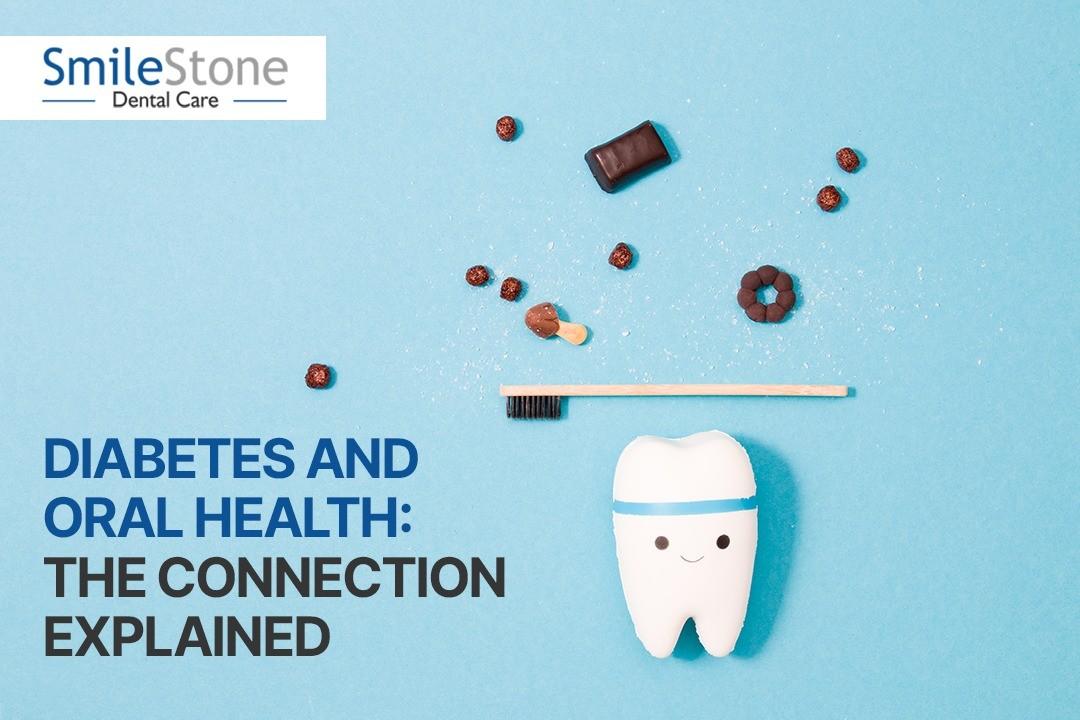
1 minute read
DIABETES AND ORAL HEALTH: THE CONNECTION EXPLAINED
DIABETES AND ORAL HEALTH: THE CONNECTION EXPLAINED
Diabetes has far-reaching consequences, affecting everything from the heart and kidneys to the eyes and nerves. It has a negative impact on the body's ability to self-regulate and repair, leading to a host of secondary problems. Did you know it also has negative effects on teeth and can exacerbate dental problems?
Advertisement
Everyone should work to maintain good oral health, but those with high blood sugar may find it more challenging to do so. Keep your teeth and gums healthy and your grin intact even if you have diabetes.
Diabetic patients often experience complications in their mouths due to their disease. Poor control of blood sugar has been linked to an increase in dental issues. This is because white blood cells, the body's primary defence against bacterial infections like those that might arise in the mouth, are weakened by uncontrolled diabetes. Smilestone is the Best Orthodontist in Nagpur
DIABETES AND ORAL HEALTH: THE CONNECTION EXPLAINED
Diabetes can guard against the development of oral health problems in the same way as controlling blood sugar levels reduces the chance of significant organ complications of diabetes such eye, heart, and nerve damage.
If you have diabetes, you should schedule an appointment with Smilestone, the best dental clinic in Nagpur, immediately.
Some of the complications of diabetes (high blood sugar) include the following:
Gingivitis and periodontitis (inflammation of the gums)
Diabetes has many negative effects, including a decrease in white blood cell strength and the thickening of blood arteries. This decreases the rate at which blood carries oxygen and nutrients to and waste products from the mouth and other body tissues. The body's defences against infections weaken when this confluence of circumstances occurs. Due to the bacterial nature of periodontal disease, individuals with poorly controlled diabetes may be more susceptible to developing the condition.


